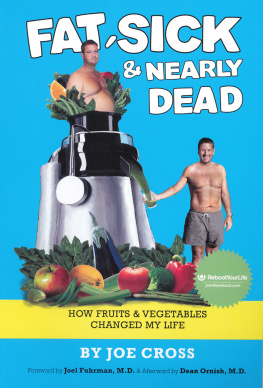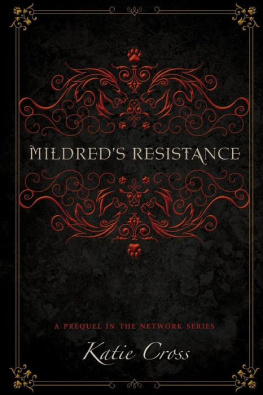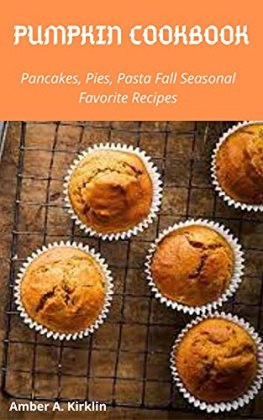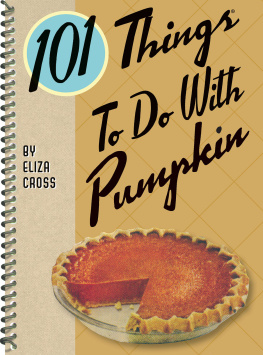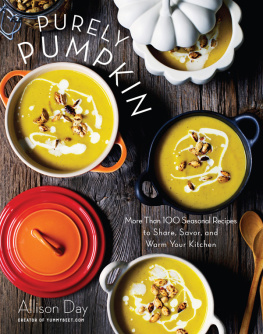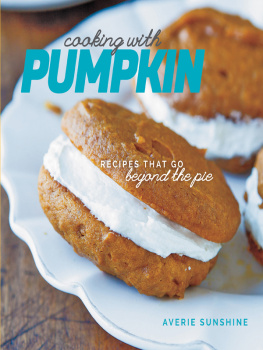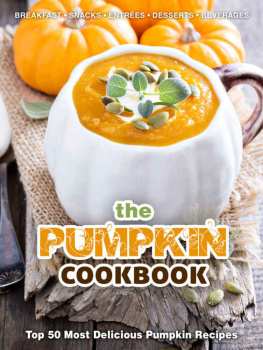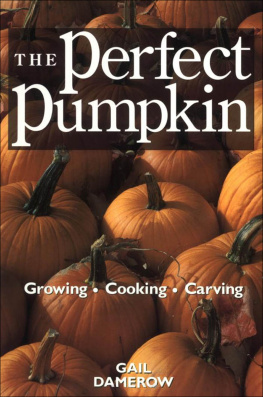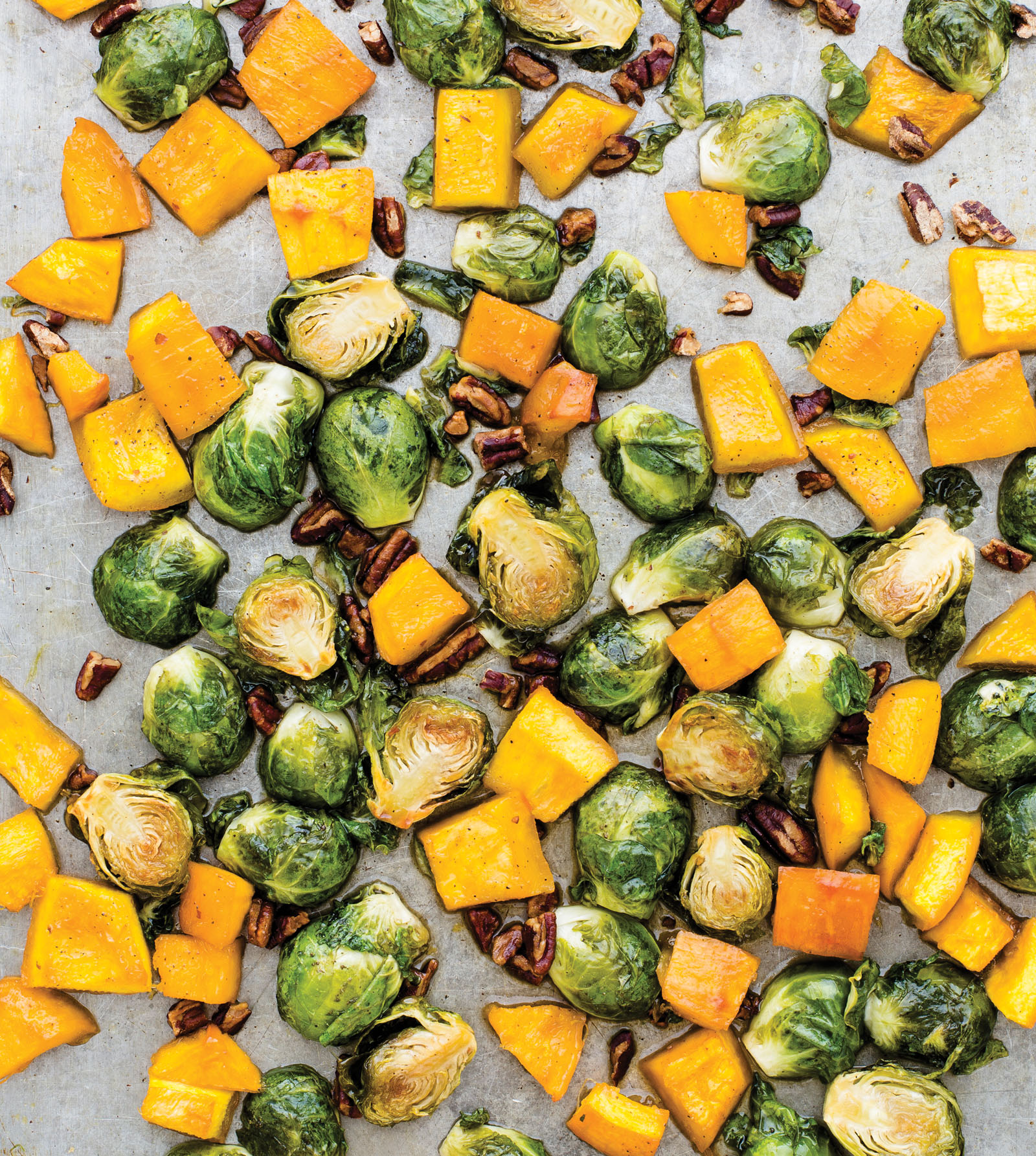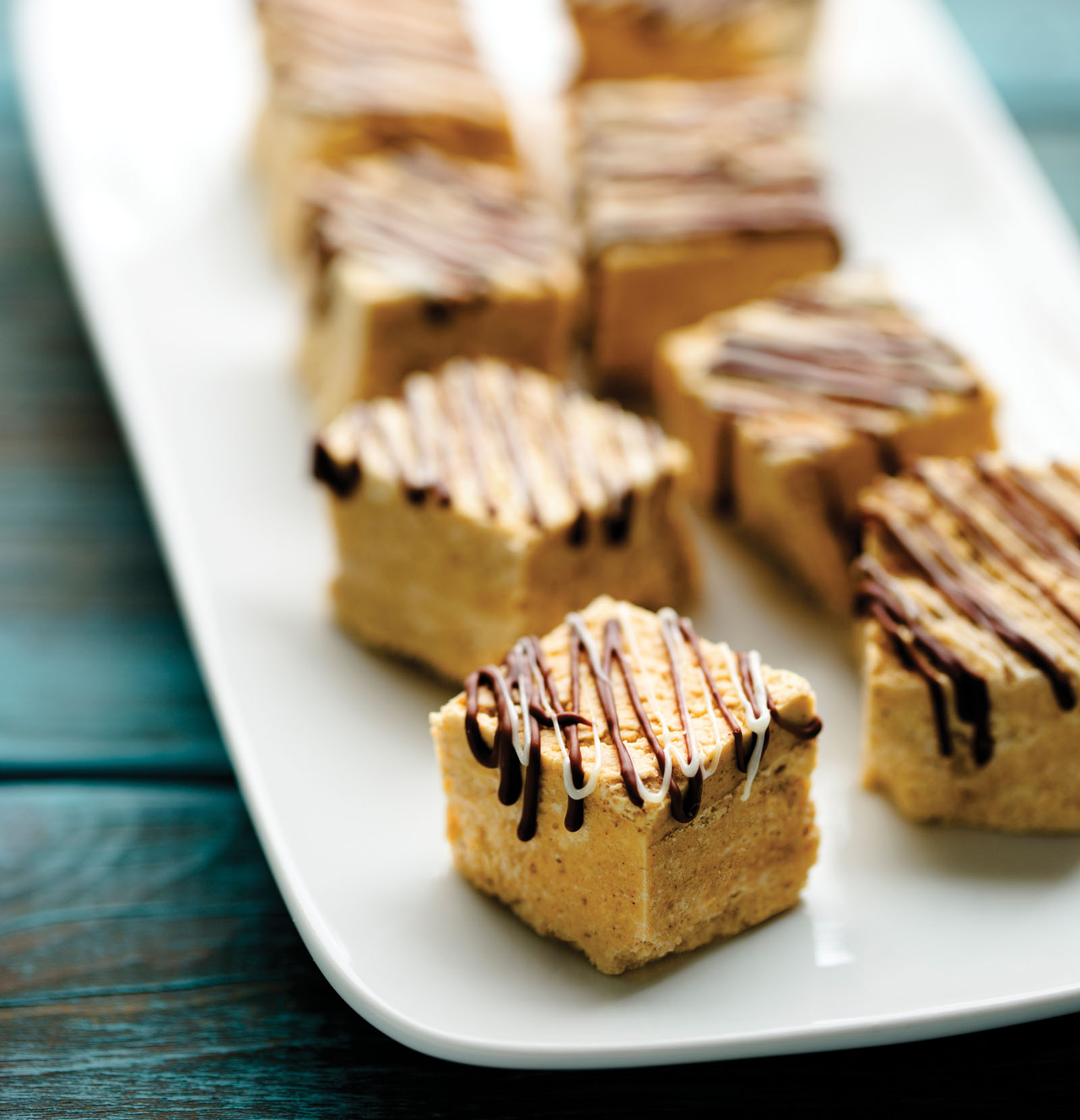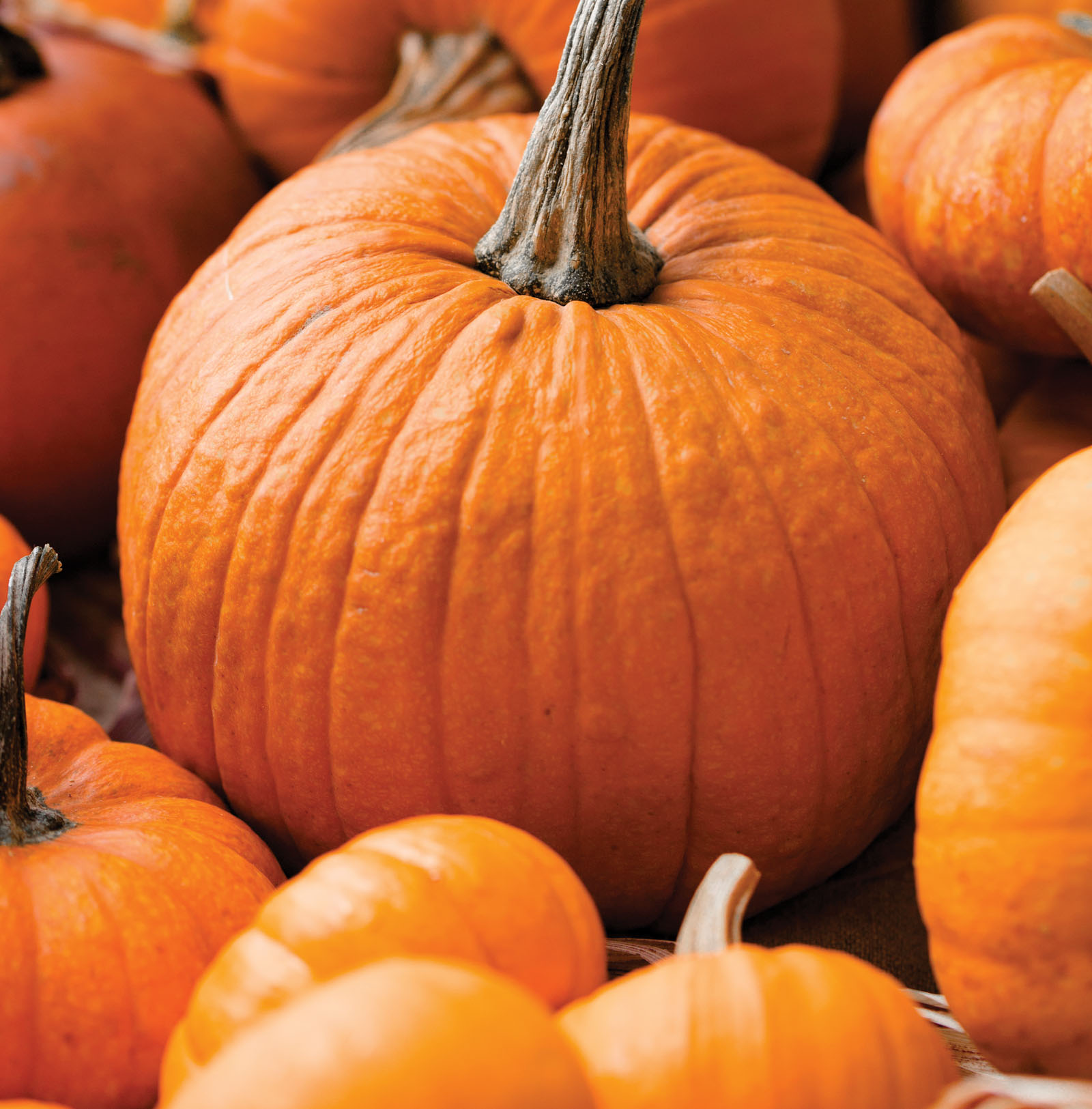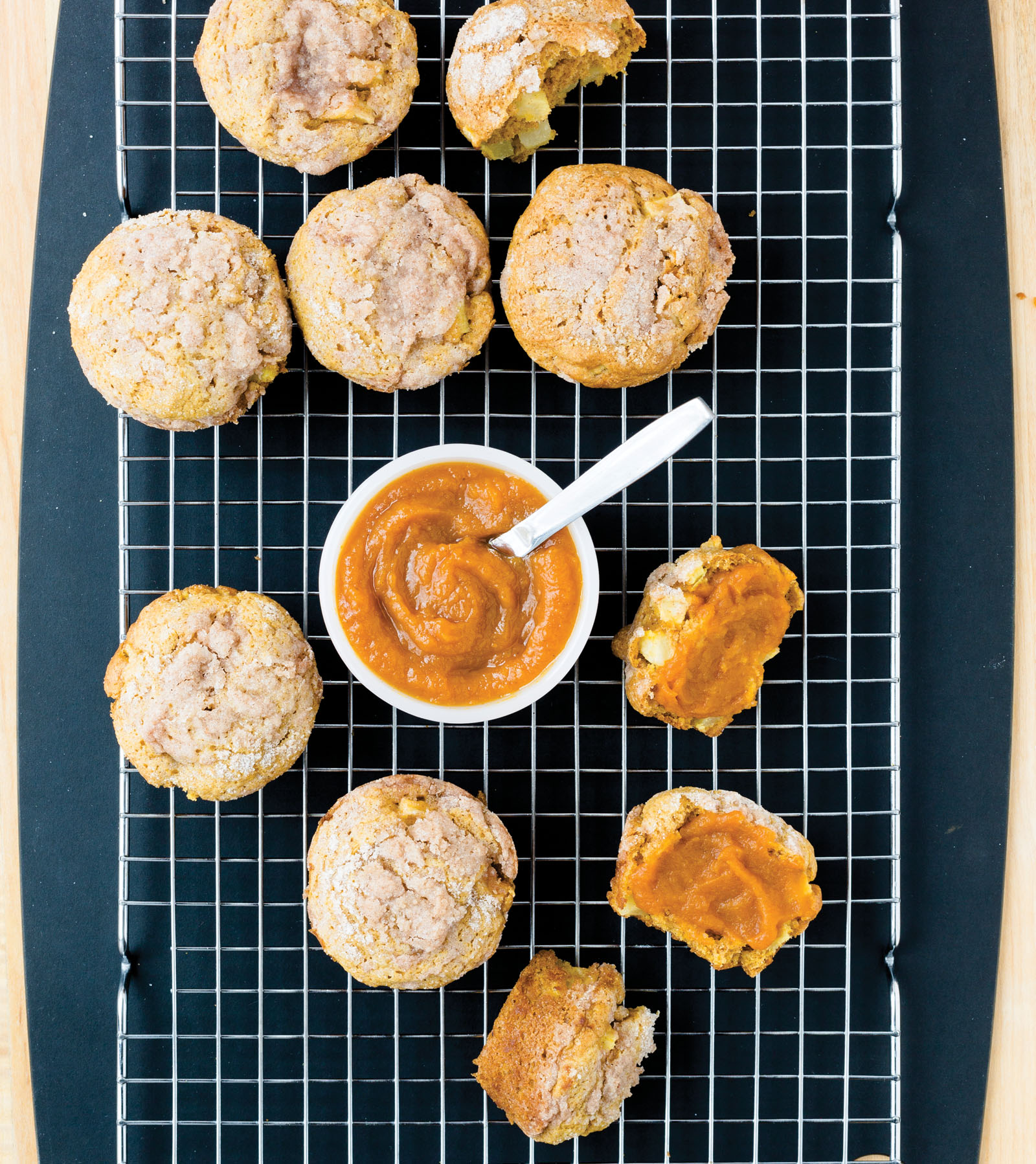Introduction
The mild flavor of pumpkin seems to be popping up everywhere these days. Pumpkin adds richness and mellow sweetness to many foods and drinks, inspiring an explosion of products ranging from pumpkin tortilla chips to pumpkin ale to pumpkin breakfast cerealand of course, the always-popular pumpkin spice latte.
The famed fruit is actually a squash plant cultivar, and pumpkins fresh, earthy flavor comes from a long growing season and plenty of summer sunshine. There are hundreds of pumpkin varieties, and sizes range from tiny Jack-Be-Littles to whimsical Cinderellas and gargantuan Prizewinners. The largest pumpkin on record weighed more than 1,800 pounds!
Smaller, sweeter pumpkin varieties like Baby Pam, Amish Pie, and Winter Luxury are especially well suited for cooking. The large, bright orange pumpkins lined up at grocery stores and in church parking lots in the autumn are often denser varieties grown primarily for carving jack-o-lanterns.
The pumpkin is believed to have originated in North America, earning it an enduring and endearing place in our countrys culinary history. Is any dessert more nostalgic and traditional than a tender pumpkin pie scented with cinnamon, nutmeg, and allspice, and topped with a dollop of whipped cream?
While pumpkin adds moist texture to baked goods like cakes, muffins, and breads, its versatility also makes it a perfect ingredient to star in savory appetizers, soul-soothing soups, quick pastas, crispy gratins, creamy risottos, and many other foods.
Once considered a seasonal treat, pumpkin is increasingly enjoyed year-round thanks to the ready availability of canned pumpkin and the ease of making and freezing homemade pumpkin pure. These days its easy to whip up a pot of pumpkin chili or a stack of pumpkin pancakesor even a steaming homemade pumpkin spice latte.
I hope youll enjoy this collection of special recipes celebrating the incomparable flavor, tantalizing texture, and vibrant color of the perfectly pleasing pumpkin. Go on, pumpkin it up!
Helpful Hints
When picking out a pumpkin for cooking, look for smaller pie-pumpkin varieties, which are sweeter and have a smoother texture than those grown for carving jack-o-lanterns.
Select a firm, unbruised pumpkin with consistent color and a sturdy stem; check the bottom of the pumpkin to make sure the base is undamaged. Shake the pumpkin; if you can hear liquid sloshing inside, choose a different one. Smell the pumpkin; it should have a fresh, clean aroma.
To avoid breakage, always lift and carry a pumpkin from underneath rather than by the stem, which can dry out and snap off.
Always scrub the outside of a pumpkin with warm water and a vegetable brush before cooking.
Use a metal ice cream scoop, a serrated grapefruit spoon, or a melon baller to remove the stringy pulp from inside a pumpkin.
When hollowing out a large pumpkin, avoid getting messy by scraping around the sides starting from the hole opening and working your way down to the bottom.
One 8-inch-diameter pie pumpkin will yield about 3 cups of cooked, mashed pumpkin.
When buying canned pumpkin, look for cans labeled solid pack rather than pumpkin pie filling, which have added ingredients.
One 15-ounce can of pumpkin pure contains 1-7/8 cups, which is equal to 1-3/4 cups plus 2 tablespoons. A 29-ounce can contains 3-5/8 cups, which is equal to 3-1/2 cups plus 2 tablespoons.
If your pumpkin pure is too watery, line a strainer or sieve with cheesecloth and put it inside a larger bowl. Pour in the pure, cover with plastic wrap, and refrigerate while the excess liquid drains away.
Leftover cooked pumpkin pure freezes well; wrap tightly and use within 9 months for best quality.
Firm, unbruised pumpkins can be stored in a cool, dry place for up to 1 month.
When fresh pumpkin is not available, butternut squash can be substituted.
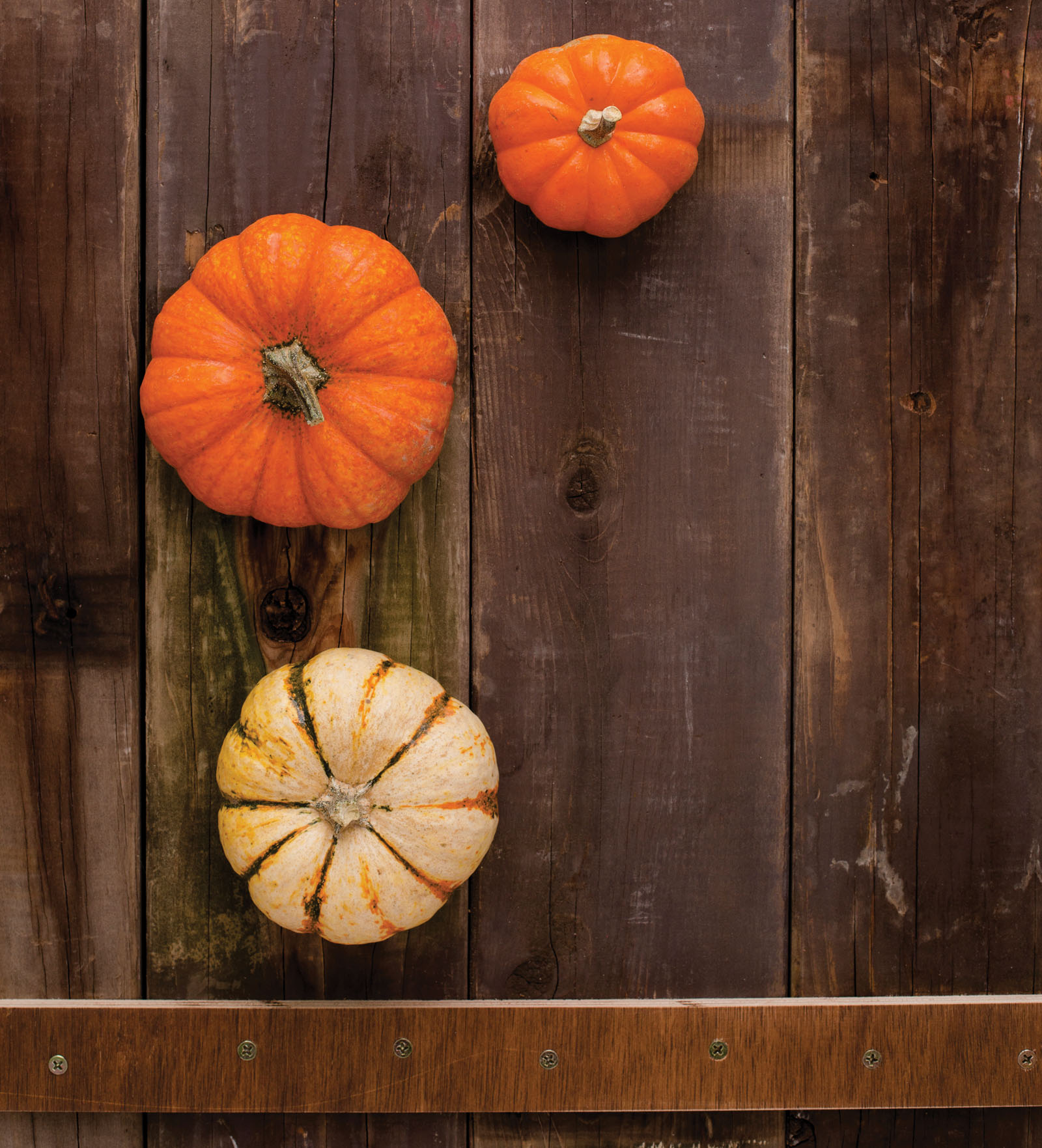
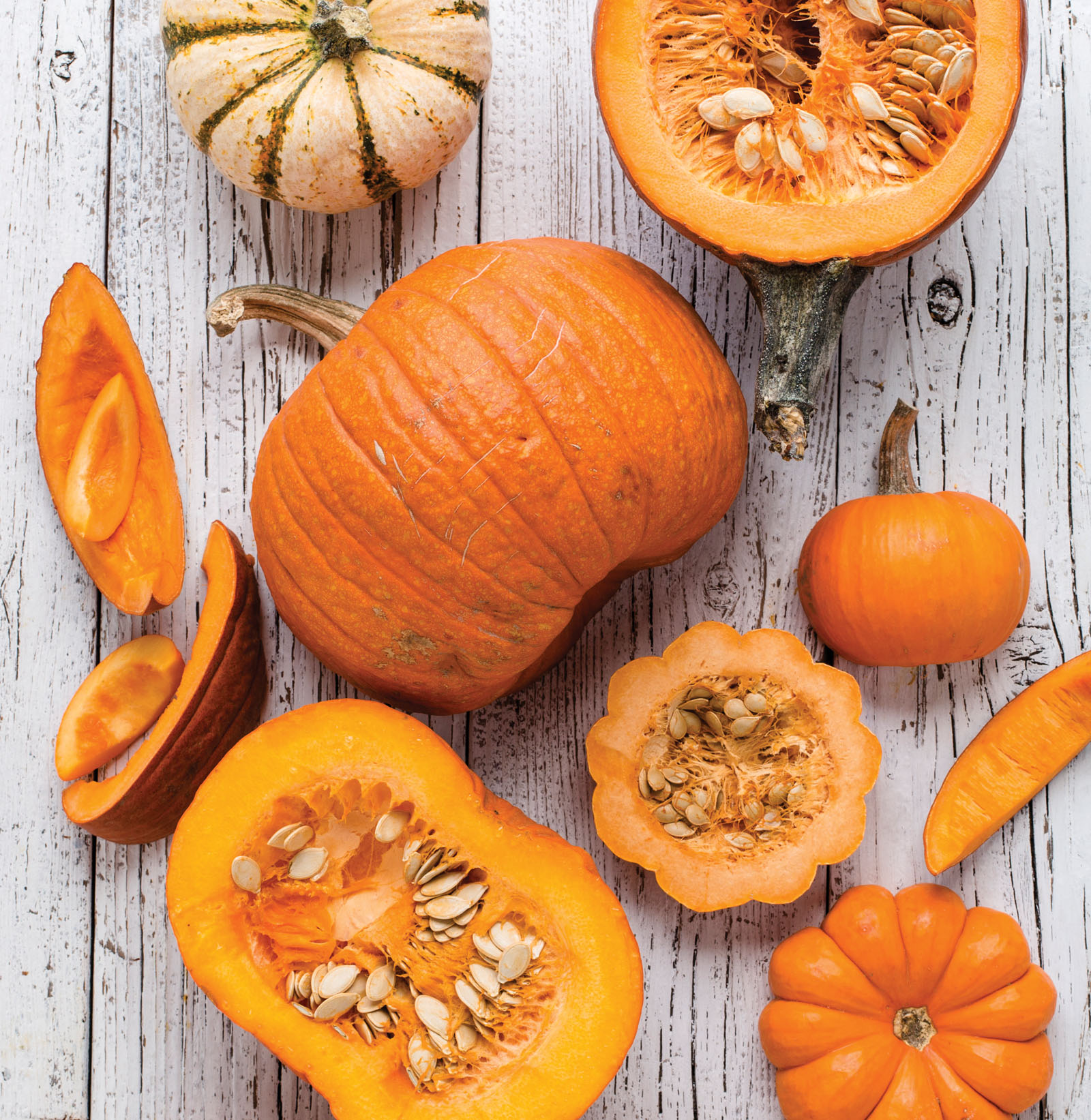
Basic Recipes
Pumpkin Butter
Makes about 2-3/4 cups
1 (15-ounce) can or 1-7/8 cups cooked pumpkin pure
3/4 cup sugar
1/3 cup apple juice
1 teaspoon ginger
1 teaspoon cinnamon
1/2 teaspoon nutmeg
1/4 teaspoon cloves
Combine the pumpkin, sugar, and apple juice in a medium heavy-bottomed saucepan and whisk to combine. Add the ginger, cinnamon, nutmeg, and cloves; whisk until blended. Bring mixture to a boil over medium-high heat, stirring frequently. Reduce heat and simmer for 30 minutes, stirring frequently, until thickened.
Transfer to an airtight container and chill in the refrigerator until serving. Store in the refrigerator for up to 2 weeks.
Oven-Cooked Pumpkin Pure
Makes about 8 cups
1 (4-pound) pie pumpkin
1/2 cup water
Preheat oven to 350 degrees.
Wash the pumpkin and cut out the top and stem with a sharp knife. Lay the pumpkin on a cutting board and carefully cut in half. Scrape out stringy pulp and seeds. Rinse and reserve seeds to make .
Cut the pumpkin into large pieces and arrange skin-side up in a roasting pan. Pour the water in the bottom of the pan and cover with aluminum foil. Bake for 4560 minutes, until pumpkin is soft and easily pierced with a fork. Cool to room temperature.
Scrape the soft pulp from the skin into a food processor or heavy-duty blender, discarding the skin. Pulse until evenly pured, adding water as necessary to make a smooth pure. Alternatively, mash the pulp in a large bowl with a potato masher or run it through a food mill. Drain in a fine mesh strainer for 30 minutes (see .
The pure can be used immediately or refrigerated, covered, and used within 3 days. The pure may also be frozen in an airtight container for up to 6 months.
Steamed Pumpkin Pure



